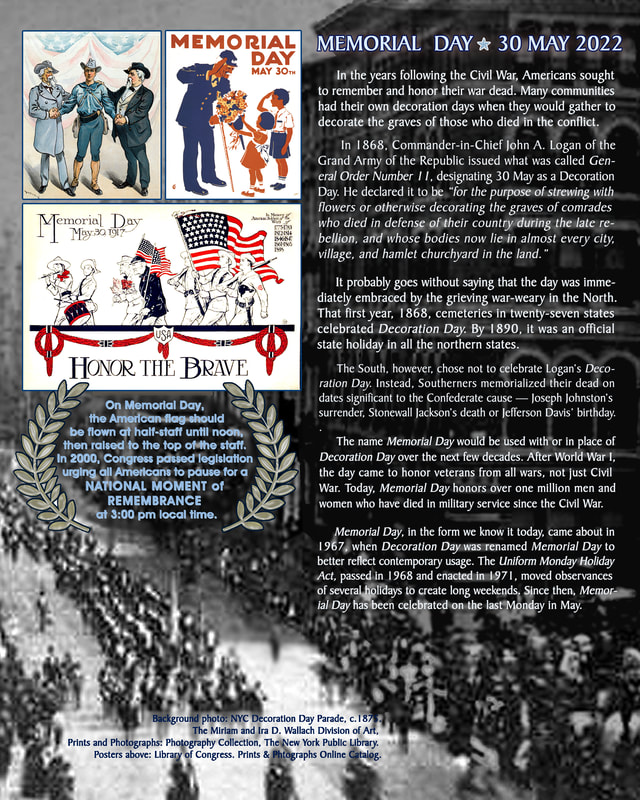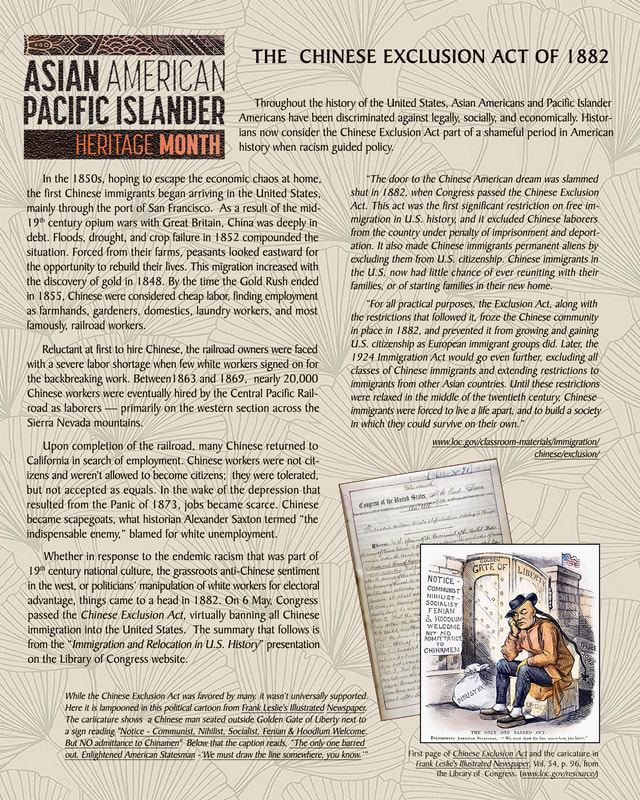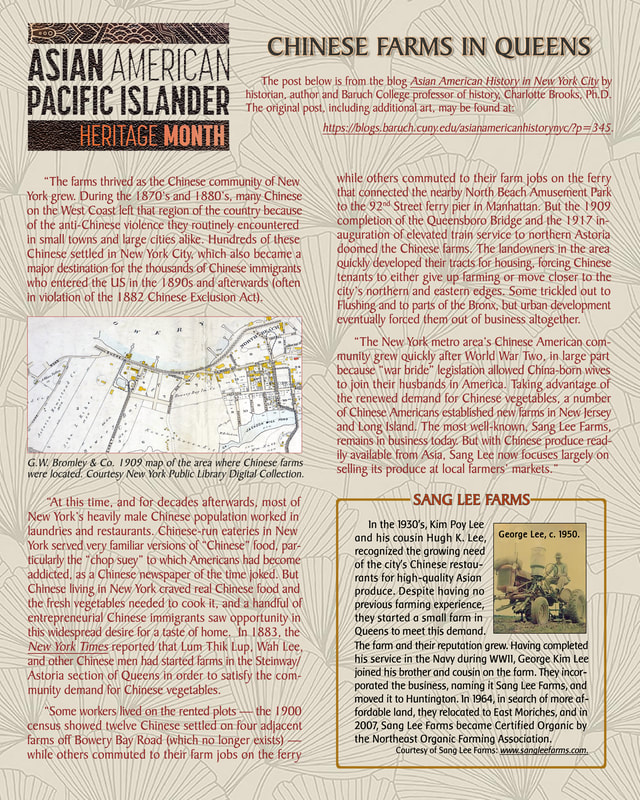|
About
May marks the return of warmer weather and the unofficial start of summer. It is a month that celebrates diversity, recognizes family, and honors our military. The month of May blends centuries-old observances with an appreciation of our shared history. Throughout the month we will celebrate these events — both traditional and contemporary. Origins
May is Asian Pacific Islander (AAPI) Heritage Month - a celebration of Asians and Pacific Islanders in the United States. According to the Smithsonian, as civil rights movements swept the United States in the 1960's and 1970's Asian populations likewise seized the moment to agitate for their rights. The term "Asian American" emerged from student activists inspired by those movements. It signaled a shared and interconnected history of immigration, labor exploitation, and racism, as well as a common political agenda. It was a pushback against the pejorative word "Oriental". In 1978, under President Jimmy Carter, a joint congressional resolution established Asian/Pacific American Week. The first 10 days of May were chosen to coincide with two important milestones in Asian/Pacific American history: the arrival of the first Japanese immigrants (7 May 1843) and the contributions of Chinese workers to |
May
|
Explore History & Heritage by the Month
|
Asian American & Pacific Islander Month
|
Visit the Long Island Maritime Museum
to learn more about history & heritage while checking out
the many exhibits located throughout our campus.


